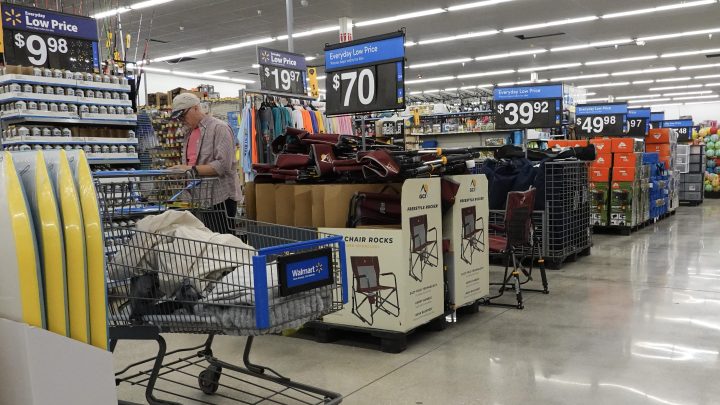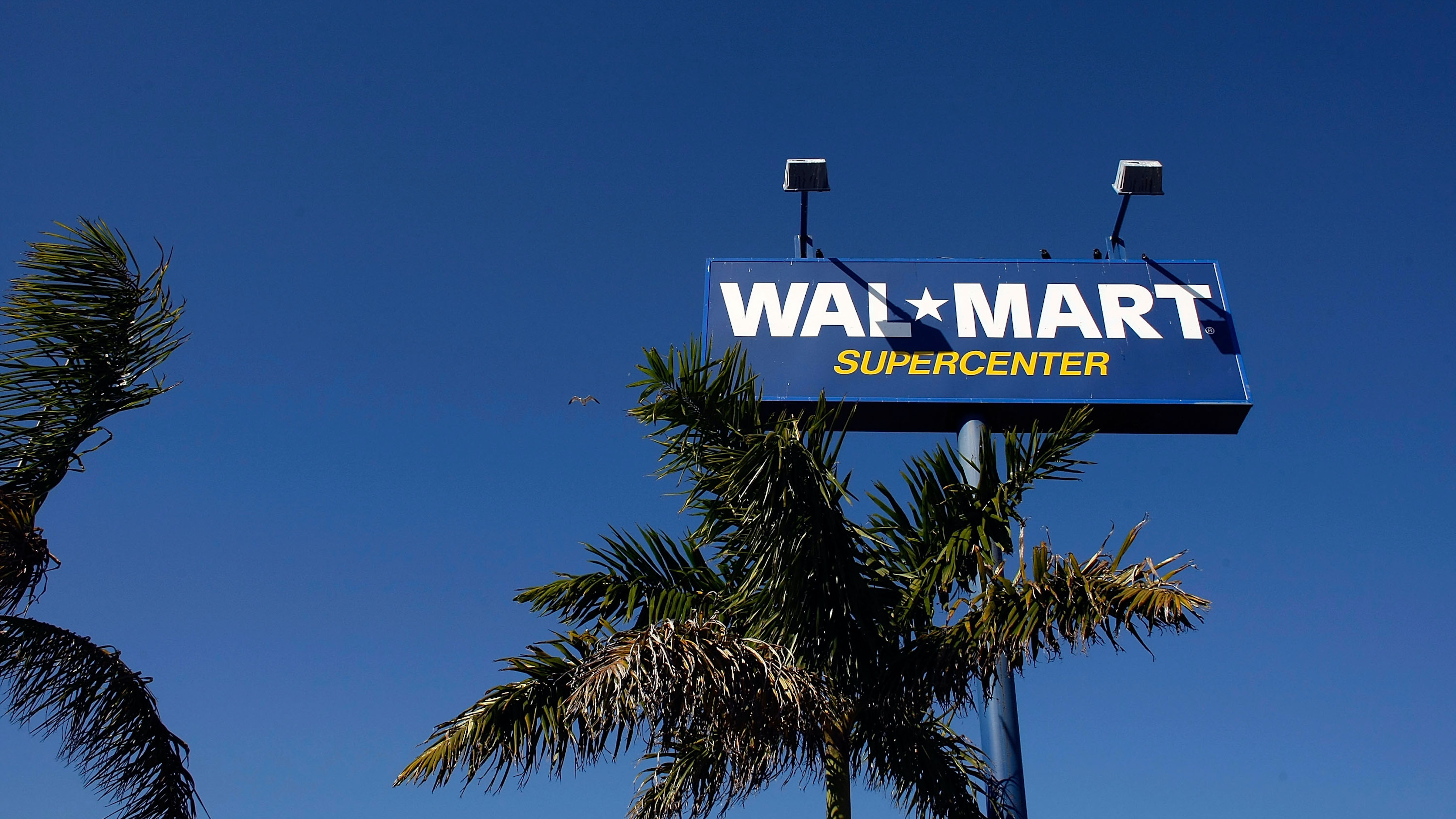
Thrifty customers boost Walmart as retail market share battles loom
Thrifty customers boost Walmart as retail market share battles loom

Inflation-weary shoppers continue to give Walmart a boost. The massive retailer reported stronger-than-expected sales for its fourth quarter Tuesday, saying it continues to gain market share as consumers look for deals on groceries and other household items.
But this good news came with a note of caution. For the first time in two years, the average shopper, both in-store and online, spent less on each order. Walmart still saw its sales increase because there are more shoppers, returning more frequently. But if consumers stay thrifty, that could have implications for all sorts of retailers.
There’s a big reason consumers might be spending less each time they shop, said retail analyst Arun Sundaram at CFRA Research.
“We’re seeing deflation in some categories,” he said.
Especially staples like eggs, lettuce and tomatoes. They cost less than they did a year ago while many other items are rising in price, though at a much slower pace. Lower prices mean lower spending.
It could also be, though, that “consumers are just spending less on expensive things,” Sundaram said.
Like electronics and home furnishings. These buying trends aren’t hurting Walmart so much at the moment. But they could signal a broader shift in consumer behavior that might pose challenges for some companies, even as inflation continues to ease. Take the switch to generic products, said Ravi Dhar, a marketing professor at Yale.
“When you trade down from your regular potato chips to store-brand potato chips, they say, ‘Oh, the store brand is pretty good. I’m gonna stick with them,'” Dhar said.
Even when economic conditions start to change, it’s not necessarily permanent, he said. “But it can last for, certainly, 12 to 18 months.”
Enough time to do some damage. And if consumers have become persistently pickier and stingier, brands will need more customers to sustain sales, said Matthew Hamory, a retail consultant with AlixPartners. He expects to see retailers fighting even harder for market share in the coming months.
“In many cases, you know, that will come through more as an increase in promotional activity,” he said.
Think over-the-top deals like buy two bottles of soda, get three free.
Hamory said Walmart — known as the largest grocer with some of the lowest prices — probably doesn’t have much to gain by cutting them further.
That might be why it’s pushing into advertising with its acquisition of smart TV maker Vizio. There’s a much higher margin on ads than store-brand string cheese.
There’s a lot happening in the world. Through it all, Marketplace is here for you.
You rely on Marketplace to break down the world’s events and tell you how it affects you in a fact-based, approachable way. We rely on your financial support to keep making that possible.
Your donation today powers the independent journalism that you rely on. For just $5/month, you can help sustain Marketplace so we can keep reporting on the things that matter to you.

















